- Category
- World
2025 NATO Summit: Historic Push for 5% Defense and Military Buildup. Here’s How It Happened
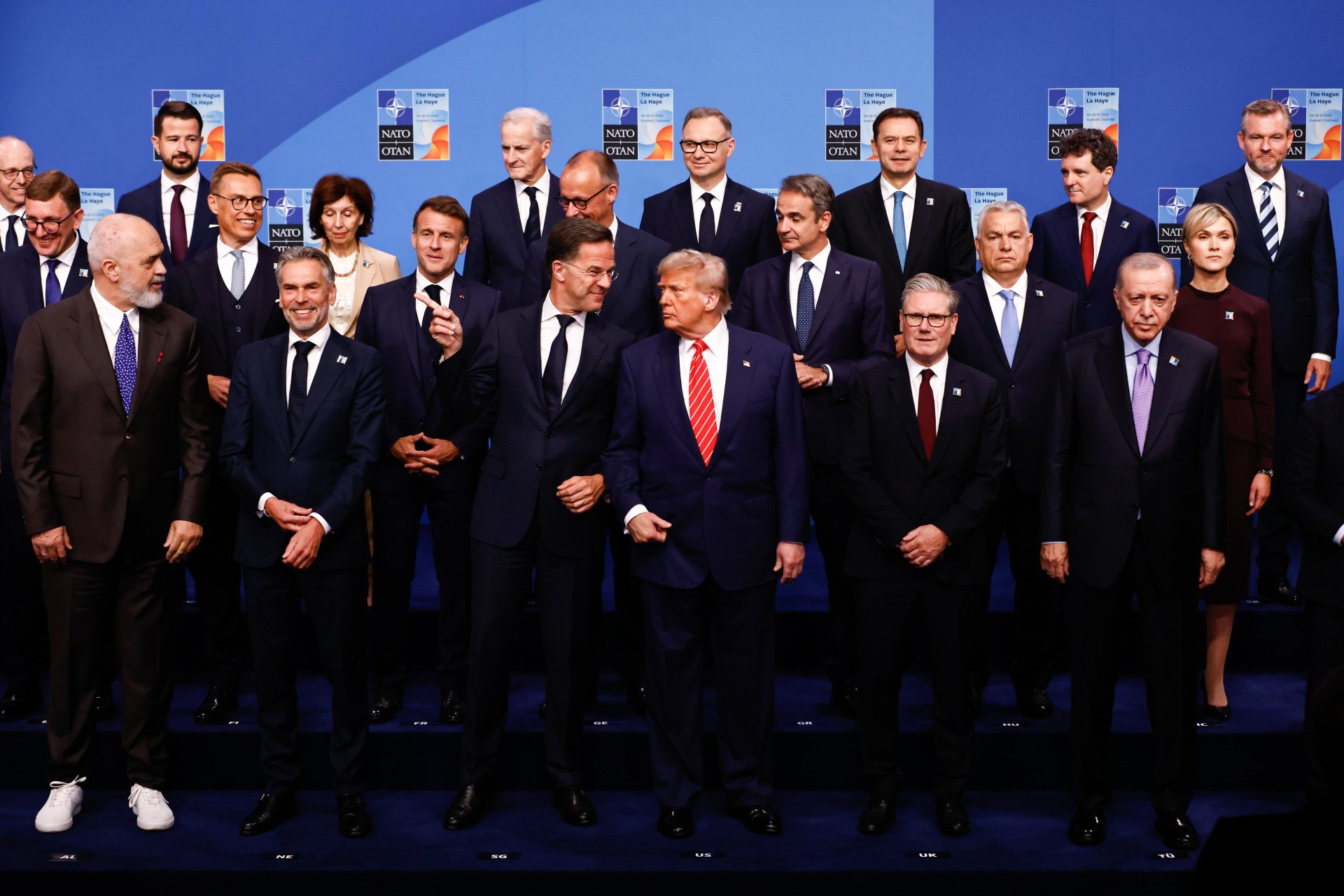
“Are you excited?” a kid-reporter asks NATO Secretary General Mark Rutte. One of the youngest of the 2000 journalists to cover the NATO Summit in The Hague, he patiently waited on the doorsteps to ask his question. “I’m excited, but to a level where I can still control it,” Rutte replied, returning a smile. A few hours later, the NATO leaders' meeting would begin.
The Netherlands—the native country of the incumbent Secretary General—is hosting a NATO Summit for the first time. UNITED24 Media attended the NATO Summit 2025 and reported from the scene.
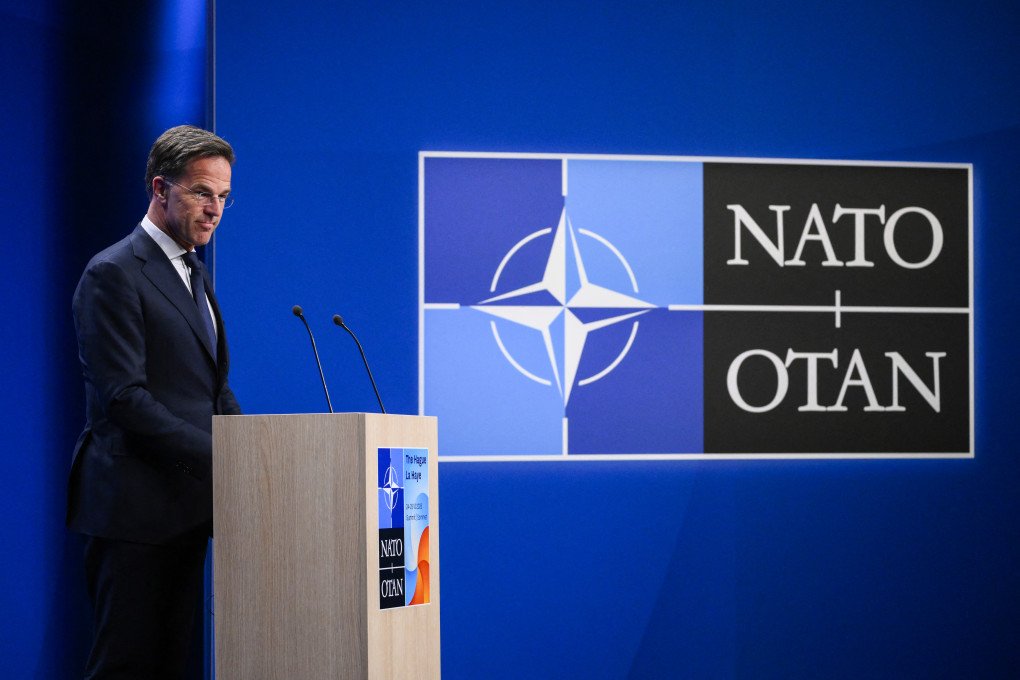
One million euros per minute
Before events got underway, the Dutch media already touted the NATO Summit 2025 as one of the most expensive: the total cost expected to run over 180 million euros ($208 million), the equivalent of 1 million euros per minute.
The calculations appeared after NATO published the official program, and it became clear how much time the leaders would spend at the summit. The event was significantly shortened—the main session would only last 2.5 hours on Wednesday. The evening before, the King and Queen of the Netherlands hosted a dinner for the heads of state and government.
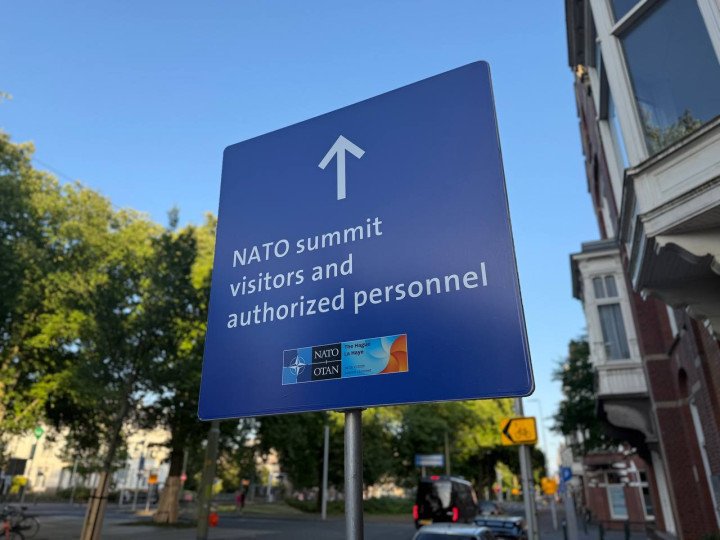
The security measures in The Hague were unprecedented. A major operation called “Orange Shield” involved the suspension of flights over a 16 km radius around the city, and a security zone was established on the North Sea. About 5 kilometers of fences have been installed around the territory of the World Forum—the venue where the Summit was held. The number of security personnel: around 27,000 police and 10,000 military. This was how a peaceful EU country prepared for a NATO Summit.
Due to events unfolding in the Middle East, journalists were uncertain whether the US President would be in attendance. The main issue that leaders had gathered to discuss was the very one that US President Donald Trump had already raised during his previous term in office: increasing defense spending.
By Tuesday, it became clear—Trump would be flying to the Netherlands. Decisions around funding would be the first topic discussed among leaders on Wednesday.
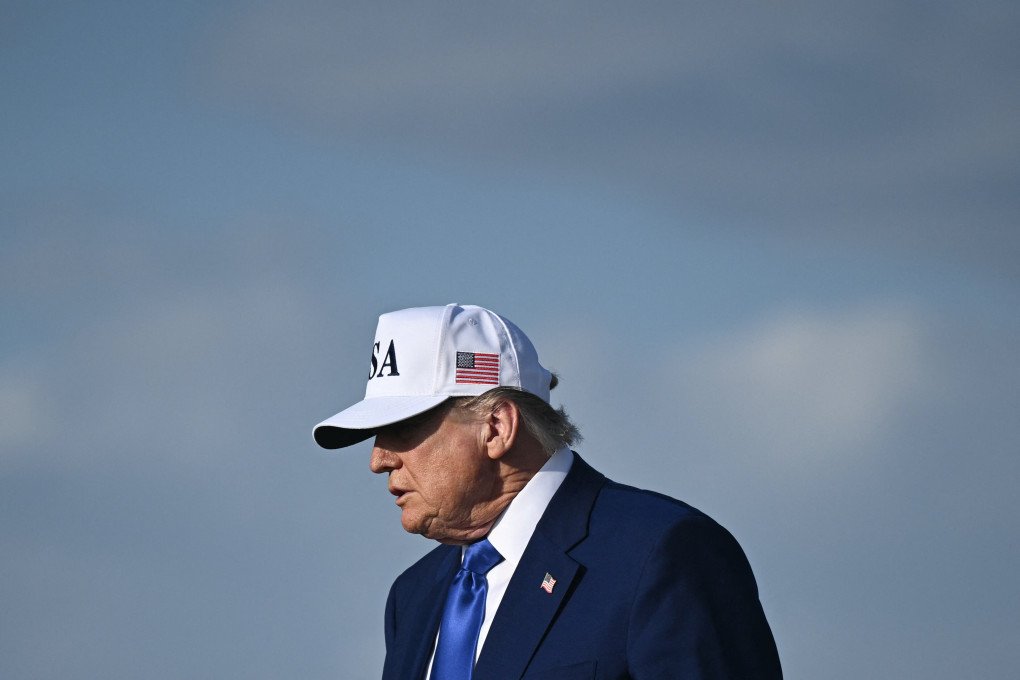
How to increase defense spending?
Before the start of the summit, Rutte outlined the main points of the leaders’ work:
A new defense investment plan
Concerted effort to ramp up the defense industry across the Alliance
A continued focus on support for Ukraine.
“We meet at a truly historic moment, with significant and growing challenges to our security. As the world becomes more dangerous, Allied leaders will take bold decisions to strengthen our collective defense, making NATO a stronger, fairer and more lethal Alliance,” said Rutte during a Monday press conference before the summit.
The issue of the new defense investment plan had been under discussion for several months. In particular, Trump had repeatedly stressed that European NATO allies had to spend more on their defense.
This summit is one topic and one topic only—how to increase defense spending to 5% as it has been proposed.
Kaja Kallas
EU High Representative for Foreign Affairs and Security Policy
Kallas stressed that this is a very ambitious target which requires member states to make very difficult decisions, “but this is the situation we are in.”
“The problem with the defense spending is that when you actually need the defense capabilities, it’s too late to do anything about this,” she said. “You have to invest when it’s peacetime.”
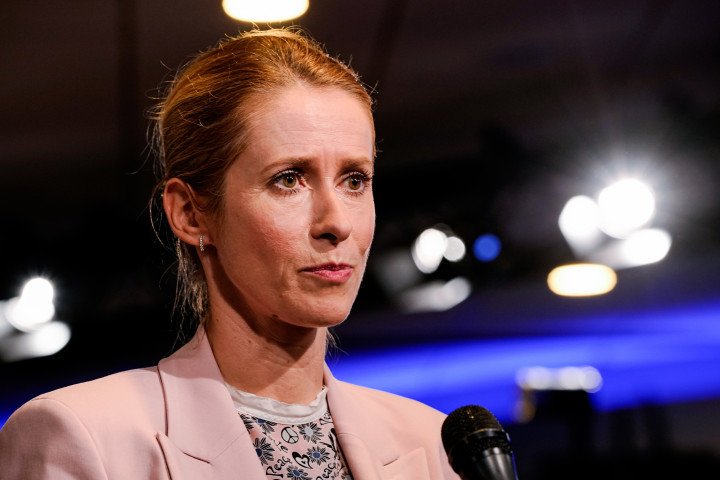
The Hague Defense Investment Plan, as the leaders named it, would raise the benchmark for defense investment to 5% of GDP by 2035. By reaching that figure, the Allies would add more than one trillion dollars per year to a common defense, said Trump.
It's a monumental win for the US.
Donald Trump
US President
The US was “carrying much more than its fair share,” he said. “Europe’s stepping up to take more responsibility for its security will help prevent future disasters like a horrible situation with Russia and Ukraine—and hopefully we're gonna get that solved,” said Trump.
The 5% figure has two parts:
3.5% of GDP to spend on core defense—“to fund our militaries and the equipment they need, from our air defences to ammunition, drones, tanks, troops, and more,” as Rutte explained.
1.5% of GDP to spend on defense and security-related investment, such as cyber warfare capabilities and intelligence.
This decision is outlined in the second paragraph of the declaration, issued by the NATO Heads of State and Government. Another important aspect—this commitment is made as countries are “united in the face of profound security threats and challenges, in particular the long-term threat posed by Russia to Euro-Atlantic security and the persistent threat of terrorism.” There are only two countries outside of NATO mentioned in the document and Russia is among them.
We know that Russia is not strong enough to attack NATO as a whole. But we don't know whether they might not test our defense readiness one day.
Friedrich Merz
German Chancellor
Now is the time to take the challenge and to proceed, said Lithuanian President Gitanas Nausėda, describing the decision to increase defense spending to 5% by 2035 as “a very bold step forward, especially looking from the Eastern flank perspective.”
“Russia is reconstituting its military forces, producing a lot of military equipment and ammunition, producing actually more than we hold together,” he said, speaking to journalists at the media center. NATO Allies have to safeguard their own security because “nobody else will do it instead of us,” Nausėda added.
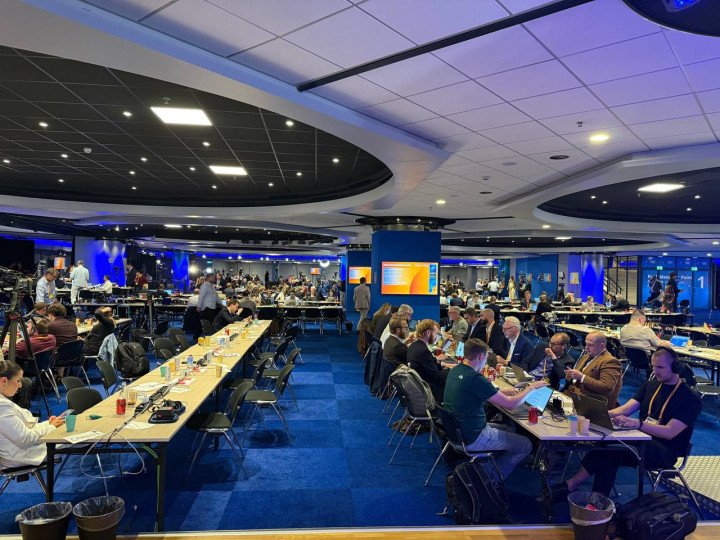
To keep Ukraine in the fight
Ukrainian President Volodymyr Zelenskyy arrived at the World Forum at midday on Tuesday. He will attend a number of meetings on the sidelines of the NATO Summit. Although Ukraine is not yet a member, it was part of this year's declaration.
Allies reaffirm their enduring sovereign commitments to provide support to Ukraine, whose security contributes to ours, and, to this end, will include direct contributions towards Ukraine’s defense and its defense industry when calculating Allies’ defense spending.
The Hague Summit Declaration
At the final press conference, the NATO Secretary General underlined that the alliance’s message to the Ukrainian President and the Ukrainian people is that “Ukraine has our continued support, including with over 35 billion euros pledged so far this year, with more to follow.”
This wasn’t the first time he mentioned this number over the three days in The Hague, stressing that not even half the year had passed. In contrast, Ukraine received over 50 billion euros over the entirety of 2024. At the same time, Rutte is cautious about making any final predictions on how much would be delivered to Ukraine by the end of 2025.
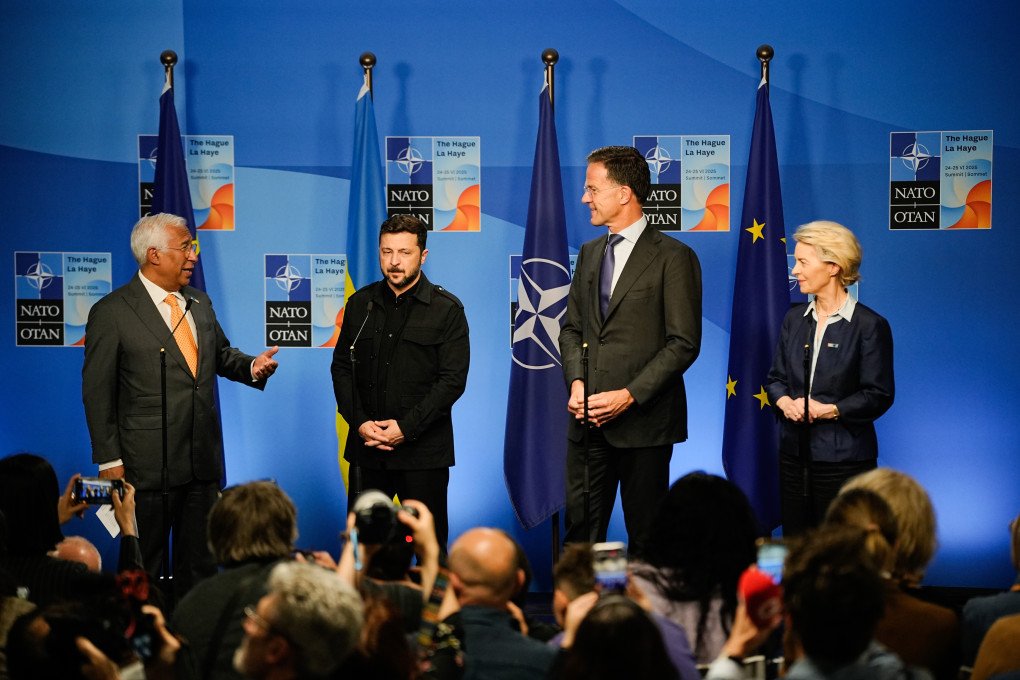
“You can safely assume that the trajectory in the first almost six months now is really north of the trajectory last year,” Rutte said. “That also, by the end of the year, will end up north of the over 50 billion, which was pledged in 2024.”
Meeting with Zelenskyy on Tuesday—ahead of the NATO leaders’ meeting—Rutte promised important decisions on Ukraine would be announced. He also recalled the previous year's summit in Washington, “where we decided that there is this irreversible path, for Ukraine, into NATO.”
Standing near Rutte, Zelenskyy said that NATO's decision in 2024 was very important. It is also important that this direction remains unchanged. However, Ukraine still needs air defense, and while Kyiv does have its partners’ support in this direction, it “really” counts on its continuation. Other important issues are co-production and substantial military support.
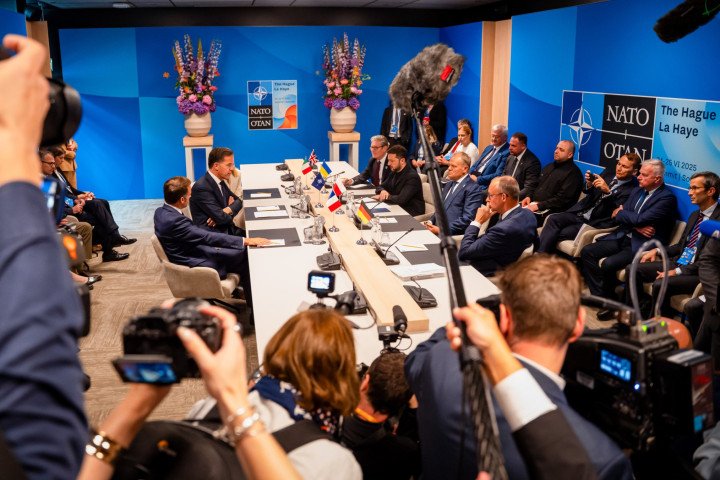
Taking the floor during the NATO Summit Defense Industry Forum, Zelenskyy mentioned that Ukraine’s defense production potential had surpassed $35 billion. “This includes nearly one thousand types of products—from artillery and traditional armored vehicles to advanced drones of, by the way, all types and missiles. But around 40% of this potential lacks proper funding.”
Ukraine is able to produce over 8 million drones of different types per year, he said. However, the financing allows for far fewer. “Russia is using not only its oil revenues for defense, but also the resources of regimes like North Korea and Iran, and Russia’s corrupt connections in other countries,” Zelenskyy said. The best answer for this, according to Zelenskyy, is united solidarity, as Ukraine is open to various forms of cooperation in the defense sector, including sharing its expertise.
Ukraine’s defense industry has shown its ability to innovate, to produce fast and reliably at scale, believes the European Commission President, Ursula von der Leyen: “We have just discussed how important it is for Ukraine to invest in the extraordinary, agile, and innovative Ukrainian defense industry.”
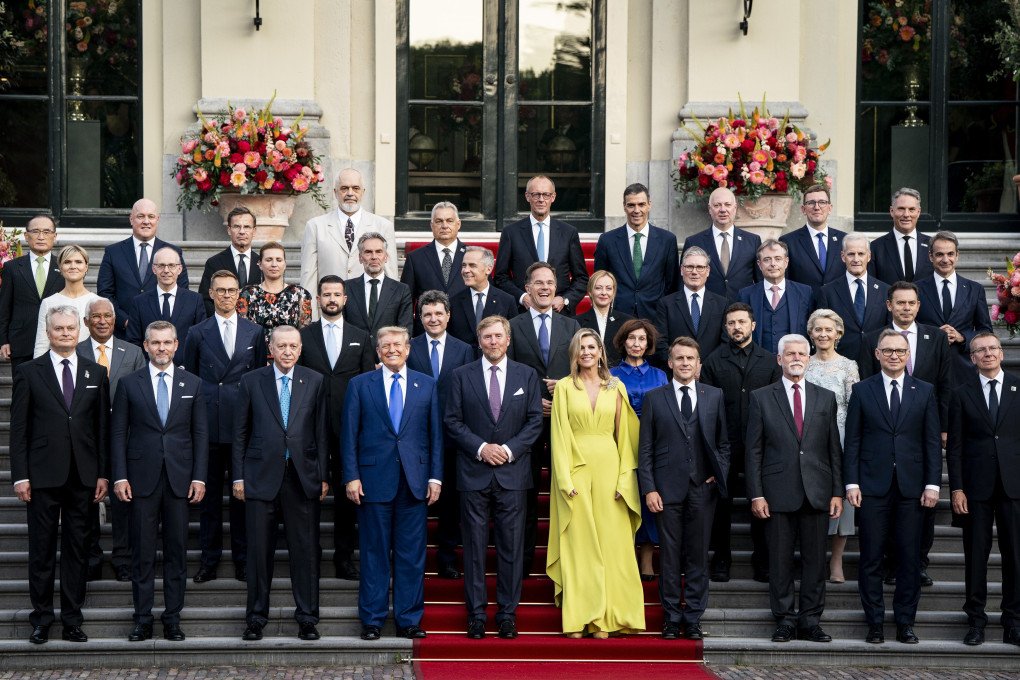
Behind the closed doors
The main question remained: would there be a meeting between the US and Ukrainian presidents? On Wednesday, the confirmation came—President Trump and President Zelenskyy would meet on the sidelines of the NATO Summit, in a meeting which lasted over 40 minutes.
Zelenskyy made no public remarks immediately afterwards; however, he later said that their conversation was "substantive" and promised to share more details soon.
The meeting was a hot topic at Trump's press conference. When asked about it, he described it as “good” and emphasized that Zelenskyy is “fighting a brave battle.”
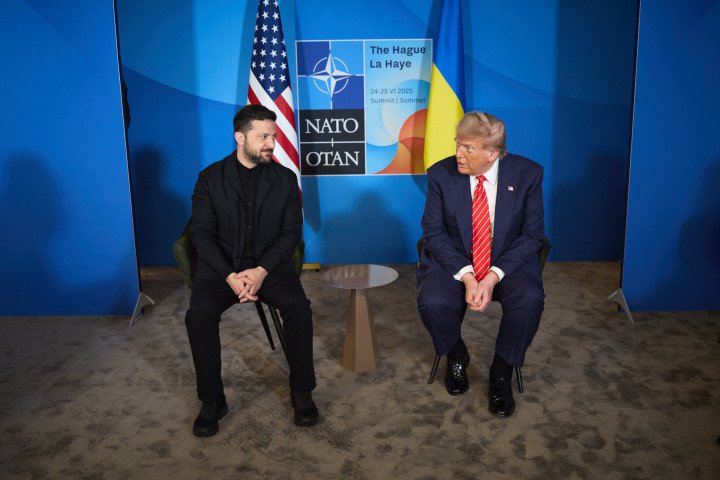
“I took from the meeting that he would like to see the end. I think it's a great time to end it. I’m gonna speak to Vladimir Putin, see if we're gonna end it,” he said.
Talking about the Russian leader, Trump also stated that he knows that Putin “would like to settle” as “it’s a mess for him”. He also told journalists about their phone conversation that happened some time ago: “He called another day and said: ‘Can I help you with Iran?’ I said: ‘No, you can help me with Russia.’
Later that day, Ukraine’s Presidential Office revealed the details of the meeting: Zelenskyy underlined Kyiv’s support for the US position on a ceasefire and discussed ways to further strengthen Ukraine with his American counterpart. Another topic of discussion was the two rounds of negotiations with Russian representatives held in Istanbul. As stated on the official website, the only outcome of those talks was the exchange of prisoners and the return of the bodies of fallen soldiers.
During the meeting with Trump, Zelenskyy noted that, in the process, Russia handed over the bodies of its own servicemembers—some of them still carrying their passports.
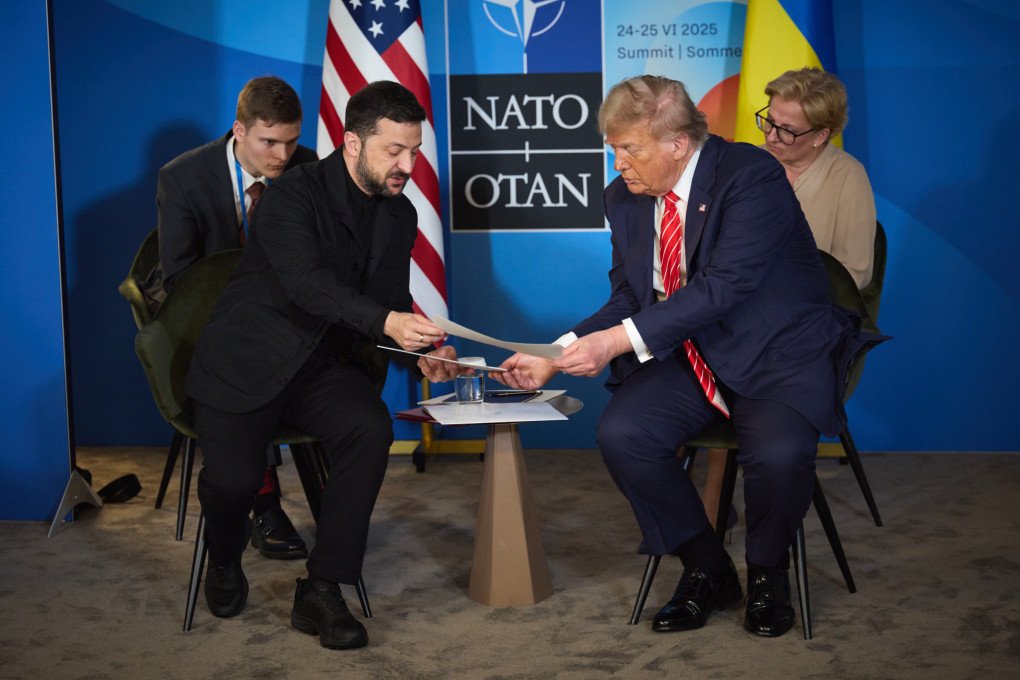
Türkiye to host the NATO Summit 2026
The final point of The Hague Summit Declaration says—in 2026, Türkiye will host the next meeting of the NATO Heads of State and Government. However, there’s still no information about which city will be the venue for the event. Meanwhile, on his return flight from the NATO Summit, the Turkish President Recep Tayyip Erdoğan said that his US counterpart mentioned he would attend any potential peace talks between the Ukrainian President and Russia’s leader in Türkiye—should Putin agree to take part.
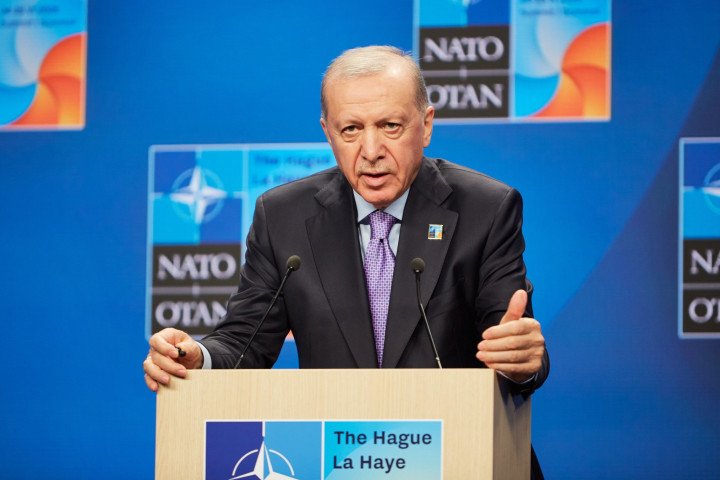
Erdoğan and Trump held their meeting on the sidelines of the event—the first since Trump returned to office. According to Anadolu, they discussed regional and global issues as well as bilateral ties.
As Erdoğan’s office reported, Trump stated that “if Russian President Vladimir Putin comes to Istanbul or Ankara for a solution, then I will also come."
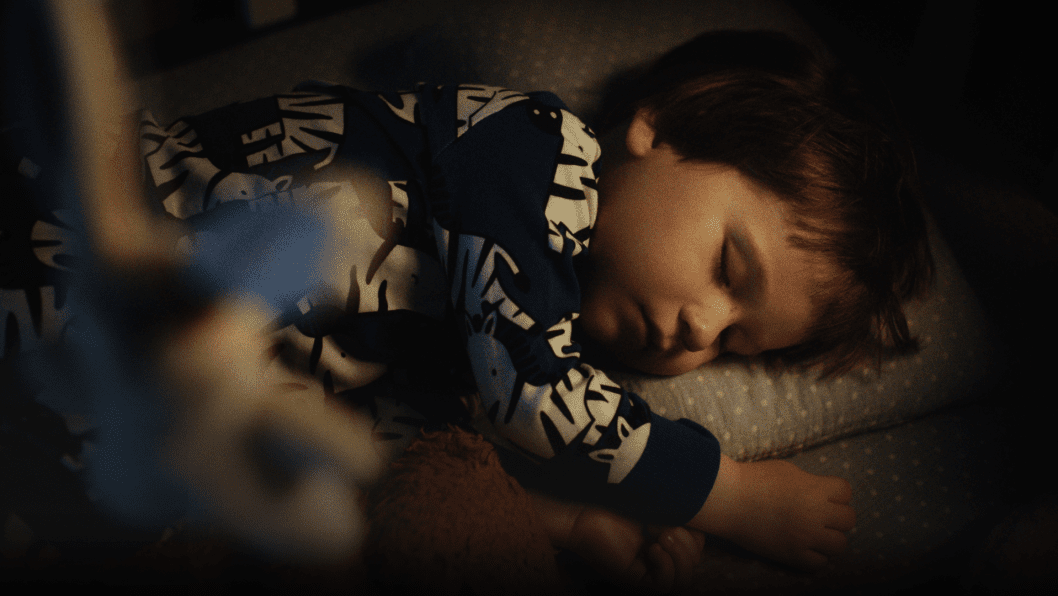
-73e9c0fd8873a094288a7552f3ac2ab4.jpg)
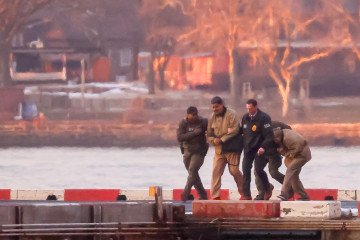
-29a1a43aba23f9bb779a1ac8b98d2121.jpeg)
-c9be02aad2c169e14ebc2a41d0ba02dc.jpg)
-605be766de04ba3d21b67fb76a76786a.jpg)
-56e0bfa71829348120777fba0ad5ba46.png)

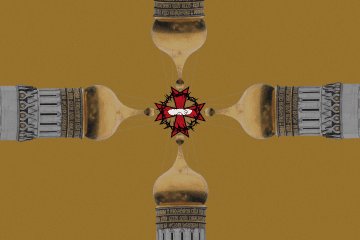
-46f6afa2f66d31ff3df8ea1a8f5524ec.jpg)